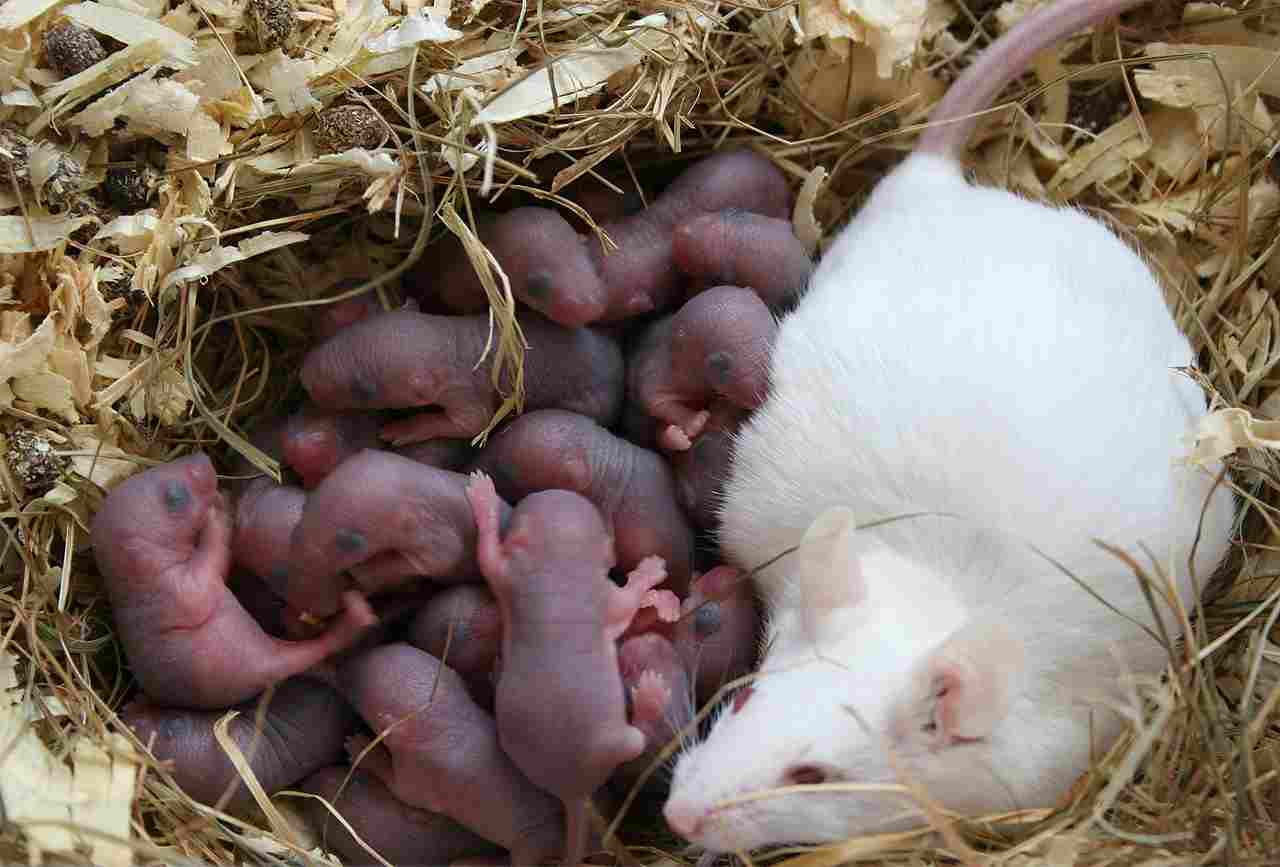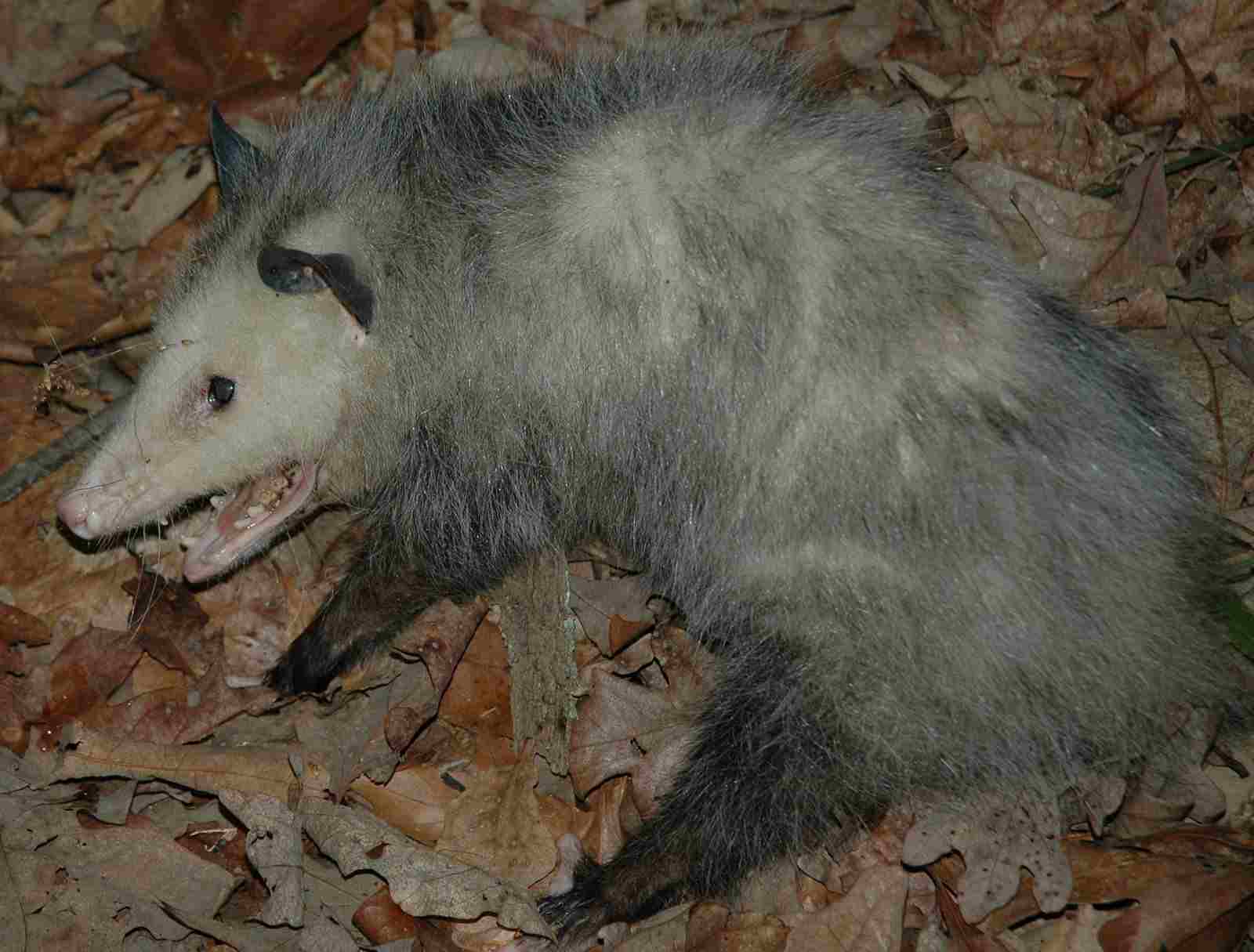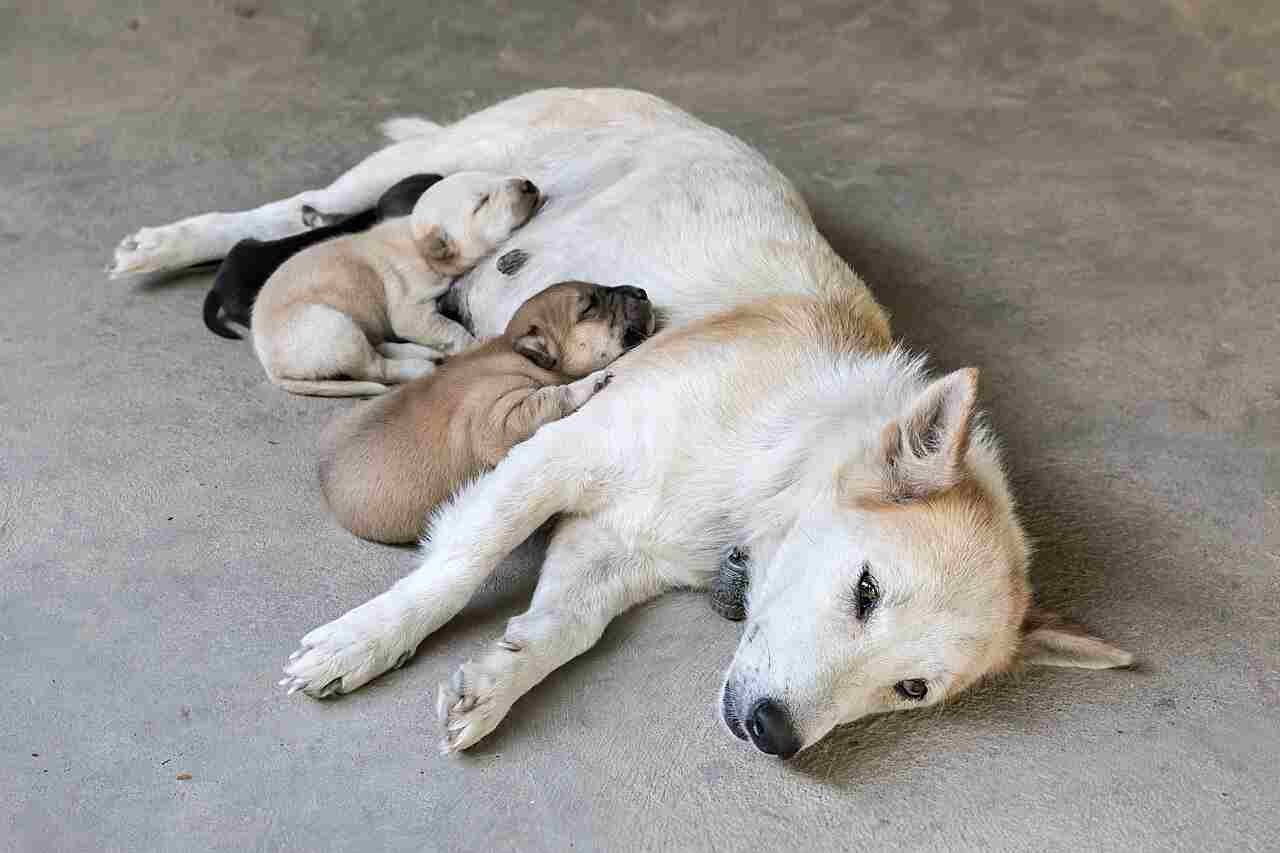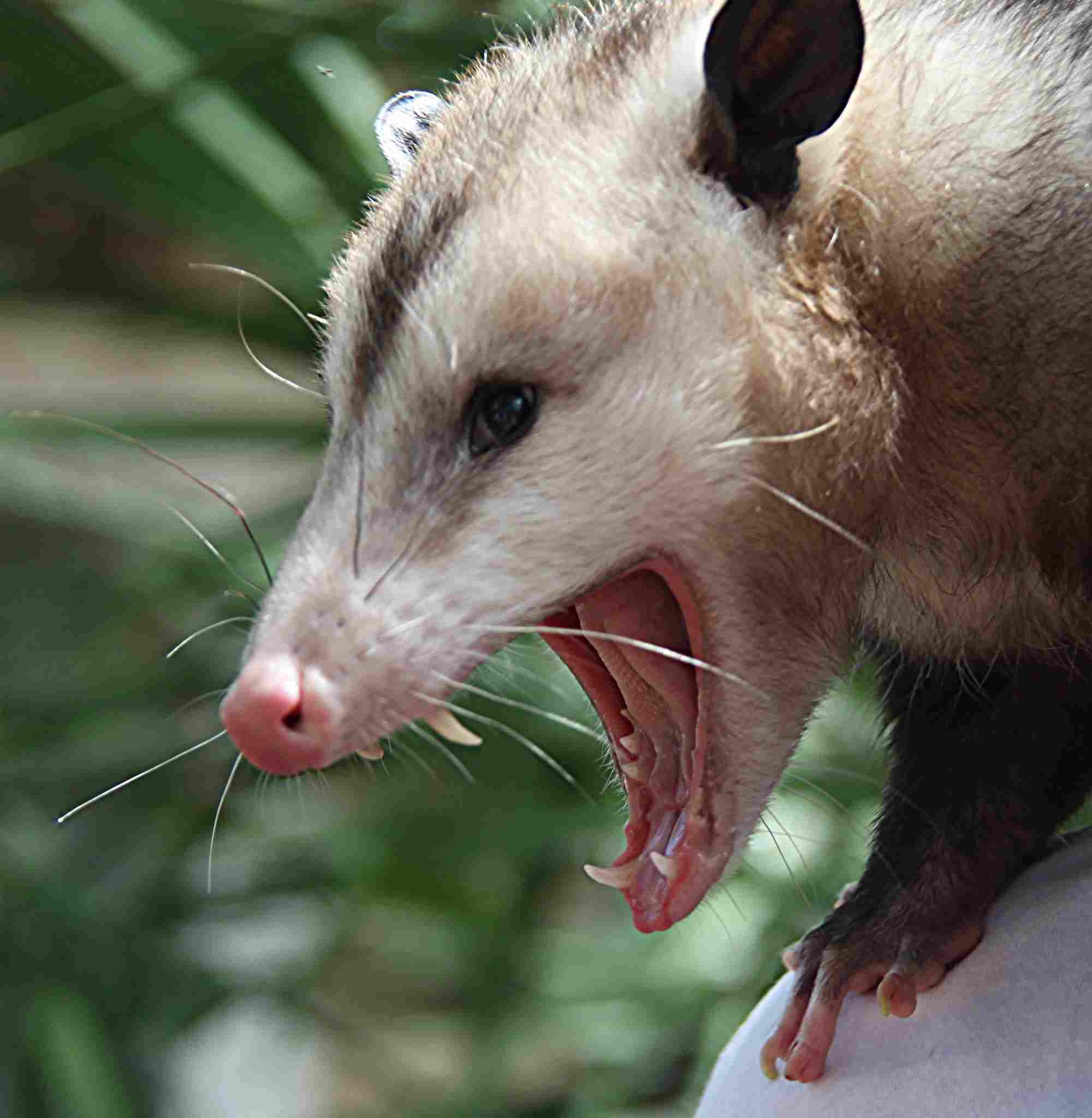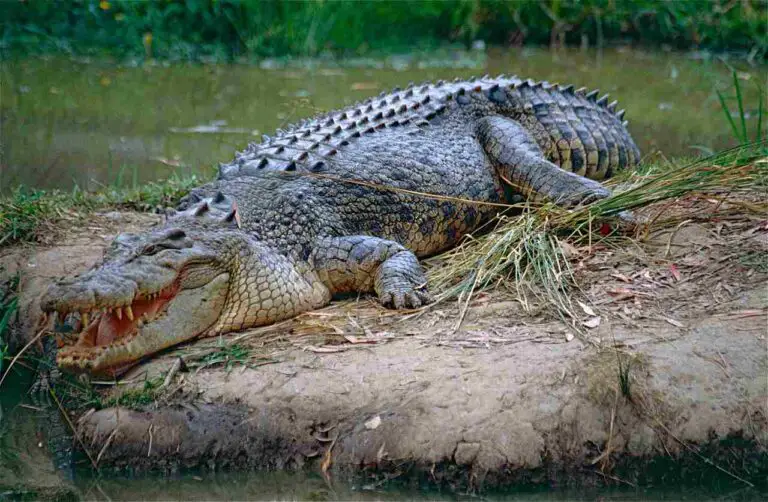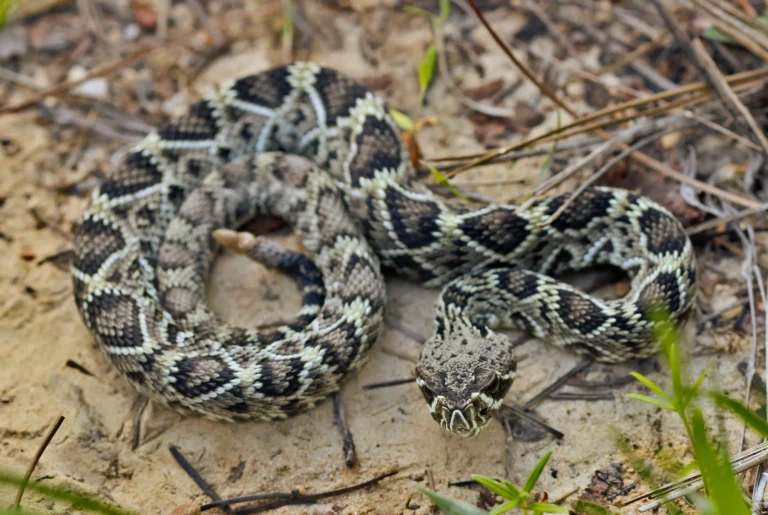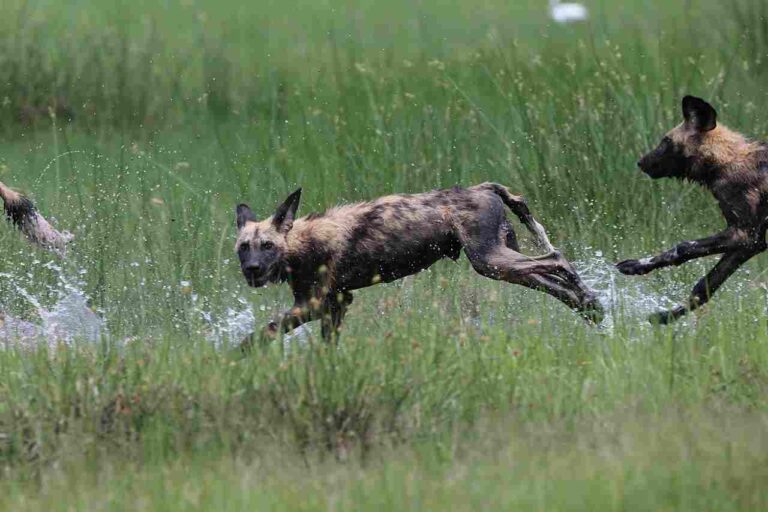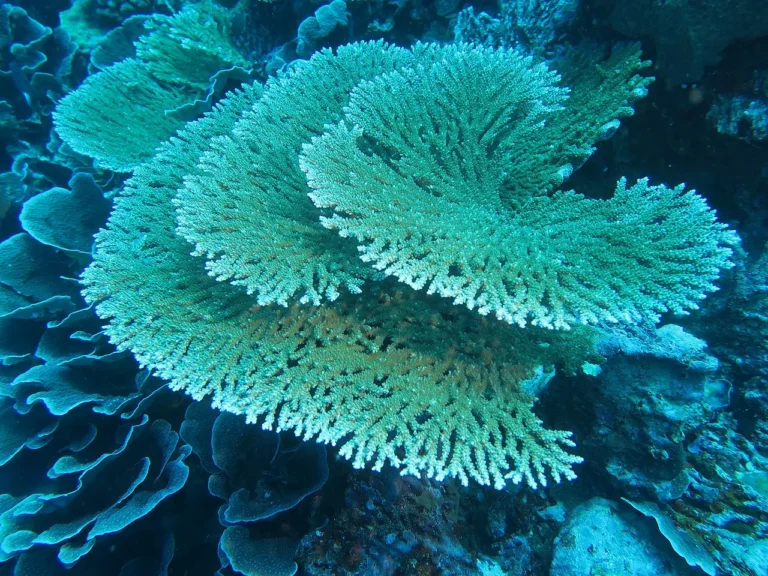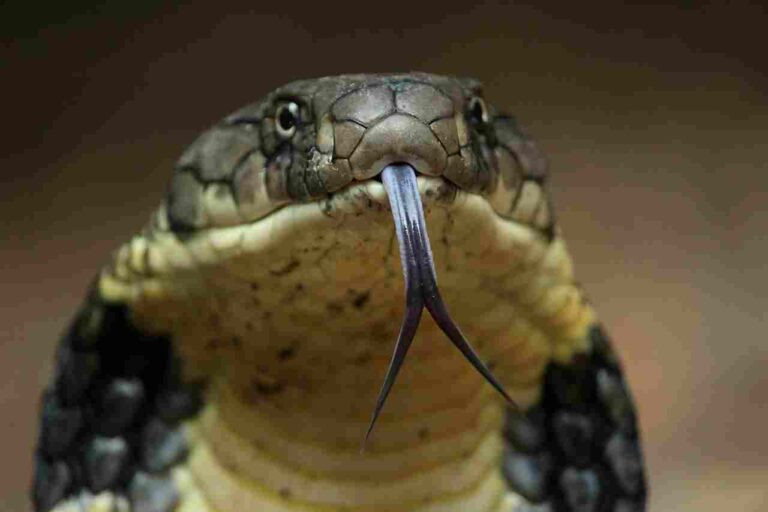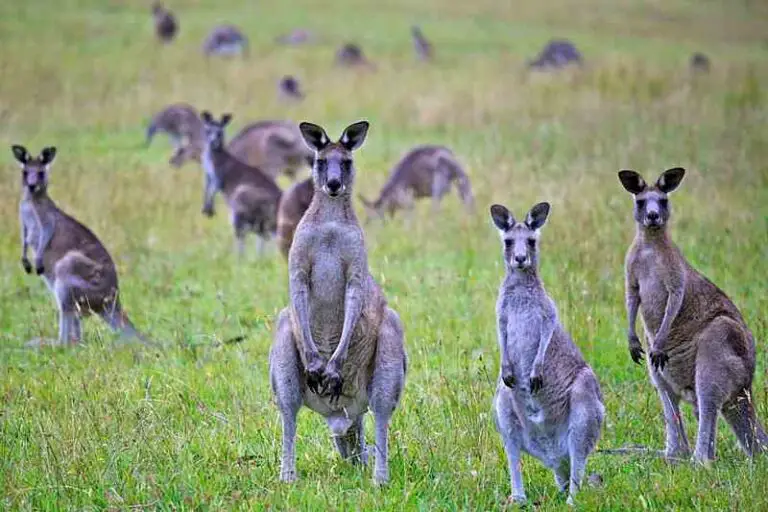Raccoon Vs Possum Tracks, Size, Weight, Overall Comparison
In examining a potential encounter between a raccoon and a possum, we explore the shared and distinct characteristics of these nocturnal mammals. Despite possums generally weighing more than raccoons, the outcome in a physical confrontation is significantly influenced by factors such as aggression, agility, and predatory behavior. This analysis underscores the nuanced dynamics that contribute to the potential dominance of a raccoon over a possum.
Raccoon vs Possum: Assessing Differences and Predicting Outcomes
In a potential face-off between a raccoon and a possum, the outcome is shaped by their shared characteristics as nocturnal mammals, yet the distinct traits of each species play a crucial role. Despite possums generally weighing more, the raccoon’s aggression, agility, and predatory behavior position it as the likely victor in a physical confrontation.
I). Possum’s Generally Heavier Weight:
– Possums generally weigh more than raccoons, showcasing a notable physical advantage in terms of size. However, weight alone does not determine the outcome in a potential confrontation.
II). Raccoon’s Characteristics:
– Raccoons, known for their dexterous front paws and ringed tails, exhibit high levels of agility. While they may be smaller in size, their predatory instincts and adaptability contribute to their success as urban scavengers.
III). Possum’s Characteristics:
– Possums, characterized by their prehensile tails and a tendency to play dead when threatened, are generally larger and heavier than raccoons. They possess a more robust physique.
IV). Aggression, Agility, and Predatory Behavior:
– The raccoon’s aggression, agility, and predatory behavior give it a distinct advantage in a physical confrontation. Raccoons are more assertive and are known for their opportunistic hunting and scavenging behavior.
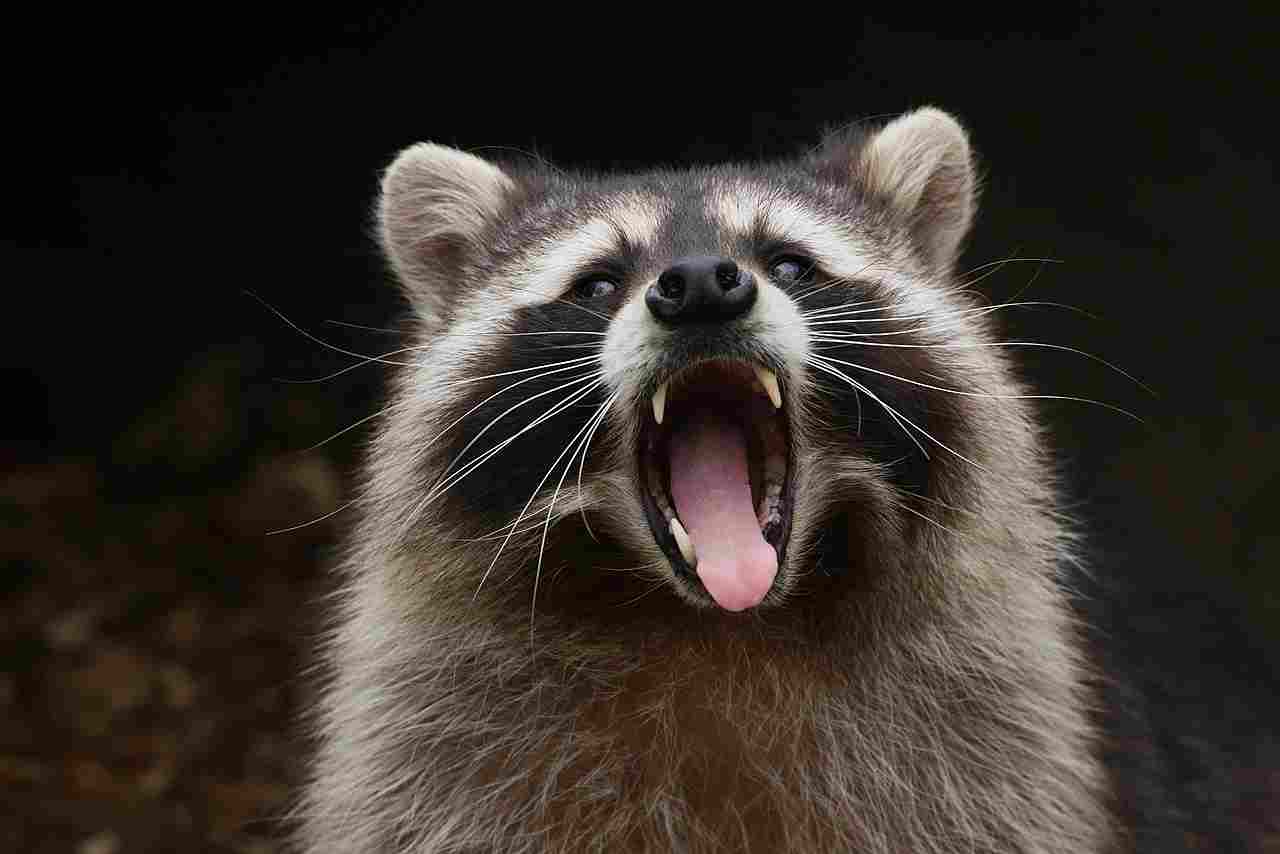
V). Predicting Outcomes:
– In a physical confrontation, the raccoon’s traits of aggression, agility, and predatory behavior position it as the likely victor over a possum, despite the possum’s generally heavier weight.
VI). Real-World Observations:
– Real-world interactions between raccoons and possums can be influenced by various factors, including territorial behavior, adaptability, and individual differences. However, the raccoon’s clear physical advantages contribute to predicting outcomes in their favor.
VII). Overall Dynamics:
– In this examination, the raccoon’s aggression, agility, and predatory instincts establish it as the likely winner in a fight against a possum. While possums may weigh more, the pronounced differences in behavior and adaptability contribute to the nuanced dynamics between these nocturnal mammals, showcasing the importance of factors beyond size in potential confrontations.
*Details of Comparison
| Criteria | Raccoon | Possum |
| Size | Larger | Smaller |
| Weight | Heavier | Lighter |
| Bite Force (PSI) | Stronger | Weaker |
| Physical Offensive Advantages | Sharp claws, agile forelimbs |
Biting, prehensile tail (some species)
|
| Physical Defensive Advantages | Climbing, agility |
Playing dead, prehensile tail
|
| Speed | Faster runners | Slower runners |
| Agility | Agile climbers, manipulation | Agile climbers |
| Senses | More reliance on touch |
More reliance on smell, hearing
|
| Overall Physical Capacity | Versatile abilities, manipulation skills |
Adept climbers, scavengers
|
| Habitat Preference(s) | Adaptable, water-rich environments |
Adaptable to various habitats
|
| Tracks | Claw marks in tracks |
Tail drags in tracks (some species)
|
| Lifespan | Short lifespan in the wild |
Short lifespan in the wild
|
| Mode of Feeding | Omnivorous | Omnivorous |
| Intelligence | Highly intelligent |
Moderately intelligent
|
| Social Behavior | Generally solitary |
Generally solitary
|
| Mode of Reproduction | Polygamous mating system |
Polygamous mating system
|
| Parental Behavior | Extended maternal care |
Limited maternal care
|
| Proximity to Human-Inhabited Areas | Adaptable, often seen in urban areas |
Adaptable, less conspicuous in urban areas
|
| Behavior Toward Humans | Bold behavior, may approach for food |
Shy, less likely to approach humans
|
| Danger Posed to Humans | Low risk of aggression, potential disease carriers |
Low risk of aggression, lower disease transmission risk
|
| Associated Precautions | Secure garbage bins, avoid feeding |
Minimize attractants, allow free movement
|
| Conservation Status | Generally stable, least concern |
Varies among species
|
1. Taxonomy:
Raccoon (Procyon lotor):
Kingdom: Animalia
Phylum: Chordata
Class: Mammalia
Order: Carnivora
Family: Procyonidae
Genus: Procyon
Species: P. lotor
Possum (Didelphimorphia):
Kingdom: Animalia
Phylum: Chordata
Class: Mammalia
Order: Didelphimorphia
Family: Didelphidae
Genus: Various genera (e.g., Didelphis, Caluromys)
Species: Multiple species within respective genera
2. Appearance:
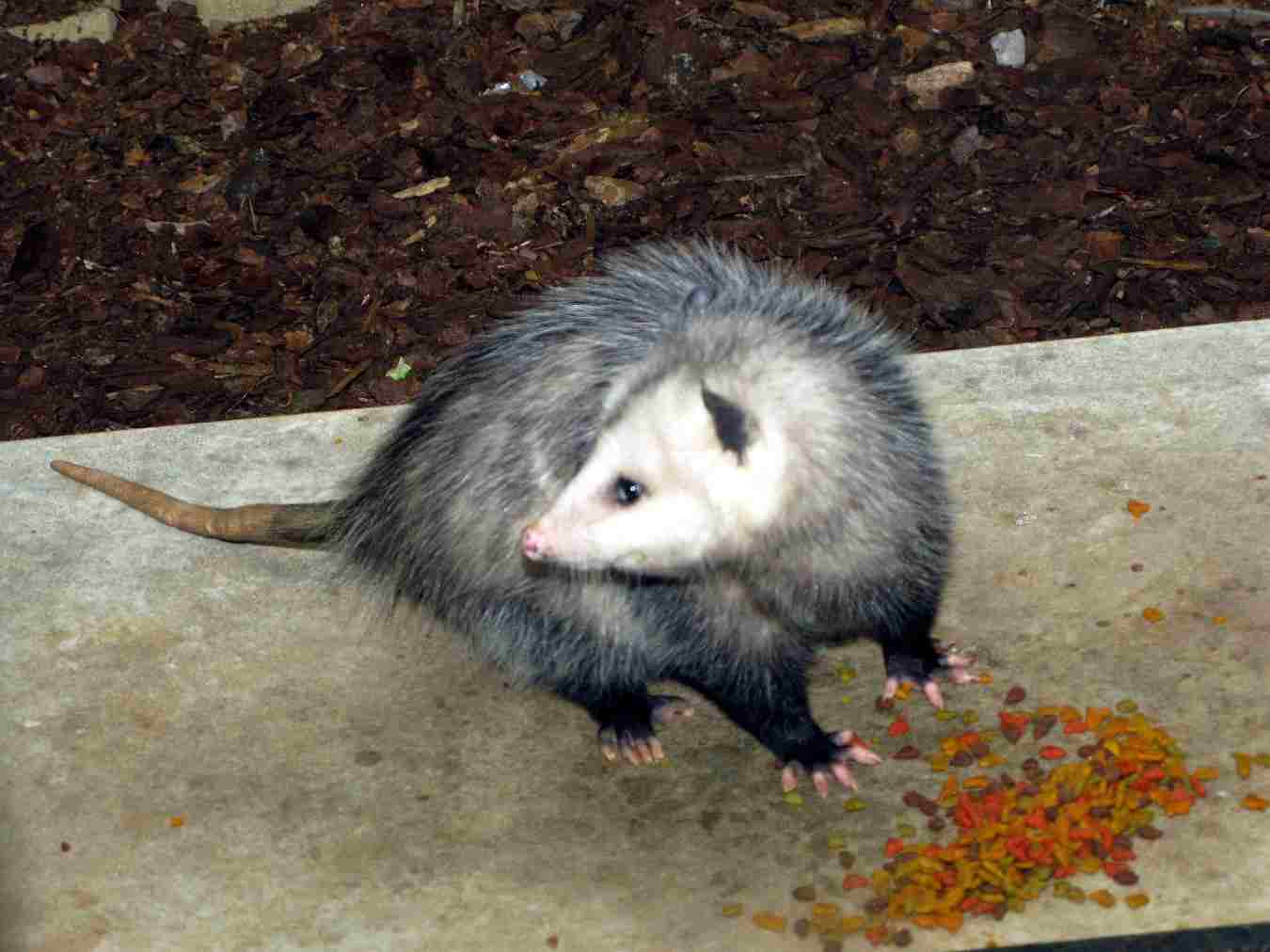
Raccoon (Procyon lotor):
Distinctive black mask over eyes, bushy tail with alternating light and dark rings, pointed snout.
Adapted for climbing with sharp claws and a robust body structure.
Possum (Didelphimorphia):
Varying appearances among species, generally small to medium-sized, with a hairless prehensile tail in some.
Can have a pointed or blunt snout, and fur coloration ranges from gray to brown.
Comparison:
Raccoons have a more recognizable appearance with their distinctive facial markings and ringed tails.
Possums exhibit greater variation in appearance, with tail differences and diverse fur colors.
Ecological Implications:
Raccoons’ distinct appearance aids in their identification and study in ecological research.
The varied appearances of possums may reflect adaptations to different environments.
3. Size:
Raccoon:
Adult length: 16 to 28 inches (excluding tail).
Tail length: 8 to 16 inches.
Average adult weight: 8 to 20 pounds.
Possum:
Adult length: 10 to 20 inches (excluding tail).
Tail length: 9 to 20 inches.
Average adult weight: 4 to 14 pounds.
Comparison:
Raccoons are generally larger in size compared to possums.
Possums have a more varied size range among species.
Ecological Implications:
Size differences may influence ecological roles, with raccoons potentially having a broader impact on local ecosystems.
4. Weight:
Raccoon:
Adults weigh between 8 to 20 pounds.
Possum:
Adults weigh between 4 to 14 pounds.
Comparison:
Raccoons are generally heavier than possums.
Ecological Implications:
Weight influences energy requirements, with raccoons likely needing more resources for sustenance.
5. Bite Force (PSI):
Raccoon:
Bite force: Approximately 1,200 PSI.
Possum:
Bite force: Lower than that of raccoons, specific values may vary.
Comparison:
Raccoons have a stronger bite force compared to possums.
Ecological Implications:
Bite force can affect feeding habits and interactions with prey, potentially impacting the ecological balance in their respective habitats.
6. Physical Offensive Advantages:
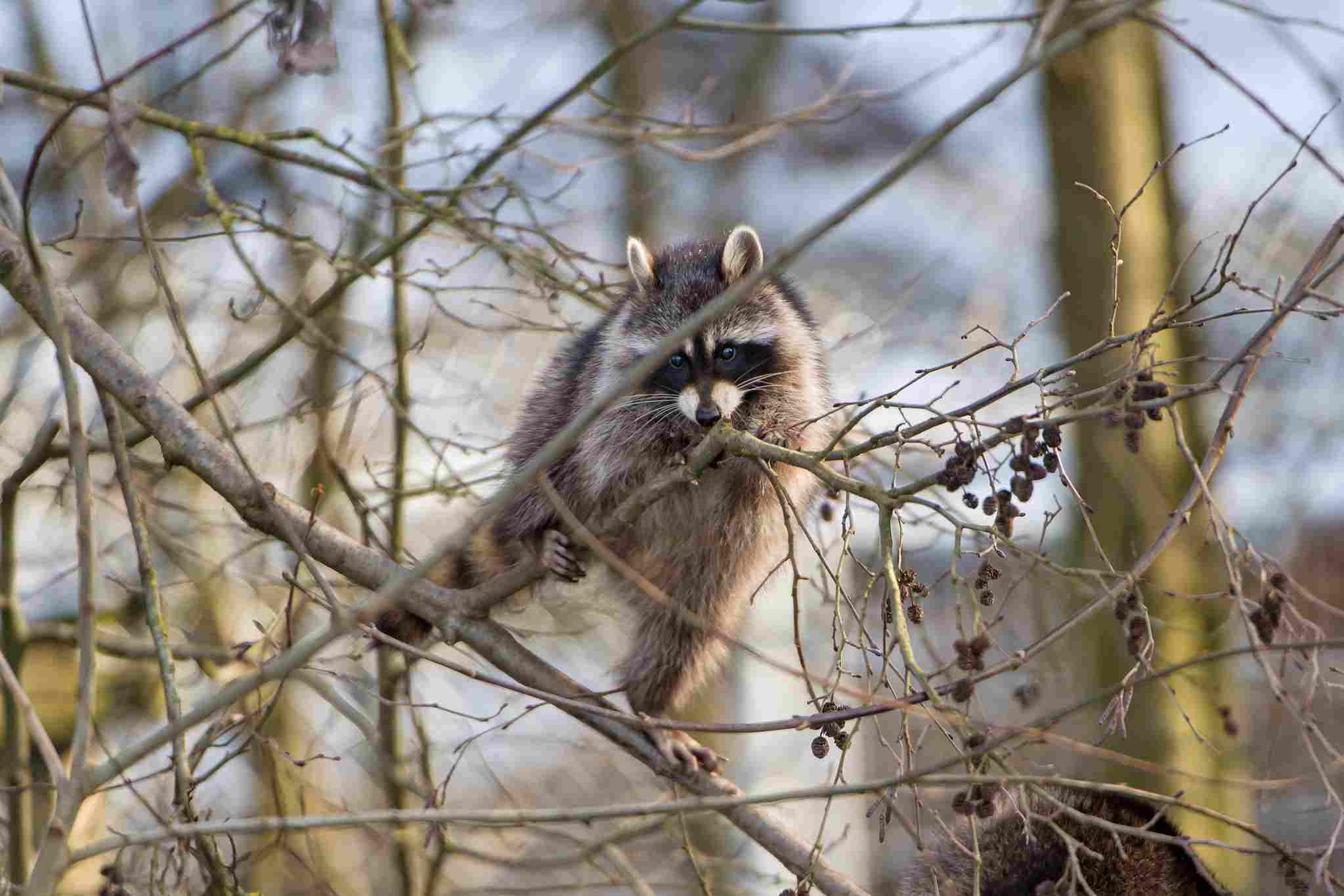
Raccoon:
Sharp claws and teeth for grasping and tearing.
Enhanced dexterity in forelimbs for manipulating objects.
Possum:
Sharp teeth for biting.
Some species may use their prehensile tail for defense.
Comparison:
Raccoons possess more versatile offensive tools with their sharp claws and agile forelimbs.
Possums rely more on biting and, in some cases, utilizing their prehensile tail for defense.
Ecological Implications:
Differences in offensive capabilities may influence hunting strategies and interactions with other species.
7. Physical Defensive Advantages:
Raccoon:
Climbing ability provides escape routes.
Sharp claws and agility serve as defensive tools.
Possum:
Ability to play dead (thanatosis) as a defensive strategy.
Prehensile tail can aid in balance and evasion.
Comparison:
Raccoons rely on climbing and agile movements for defense.
Possums have a unique “playing dead” strategy as an effective defensive mechanism.
Ecological Implications:
Defensive adaptations contribute to the survival and coexistence of these species in various ecological niches.
8. Speed (Km/hour or Mile/hour):
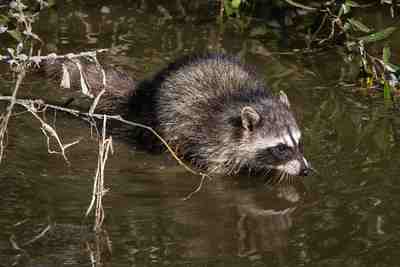
Raccoon:
Average speed: 10-15 mph.
Possum:
Limited running speed, generally slower than raccoons.
Comparison:
Raccoons are faster runners compared to possums.
Ecological Implications:
Speed affects the ability to cover ground and escape predators, influencing the ecological roles of these animals.
9. Agility:
Raccoon:
Highly agile with excellent climbing skills.
Nimble movements facilitated by flexible joints.
Possum:
Agile climbers with a prehensile tail aiding in balance.
Agile movements on the ground as well.
Comparison:
Both raccoons and possums exhibit agility, but raccoons may have an edge in climbing.
Ecological Implications:
Agility is crucial for navigating diverse habitats and evading predators, contributing to their ecological roles.
10. Senses:
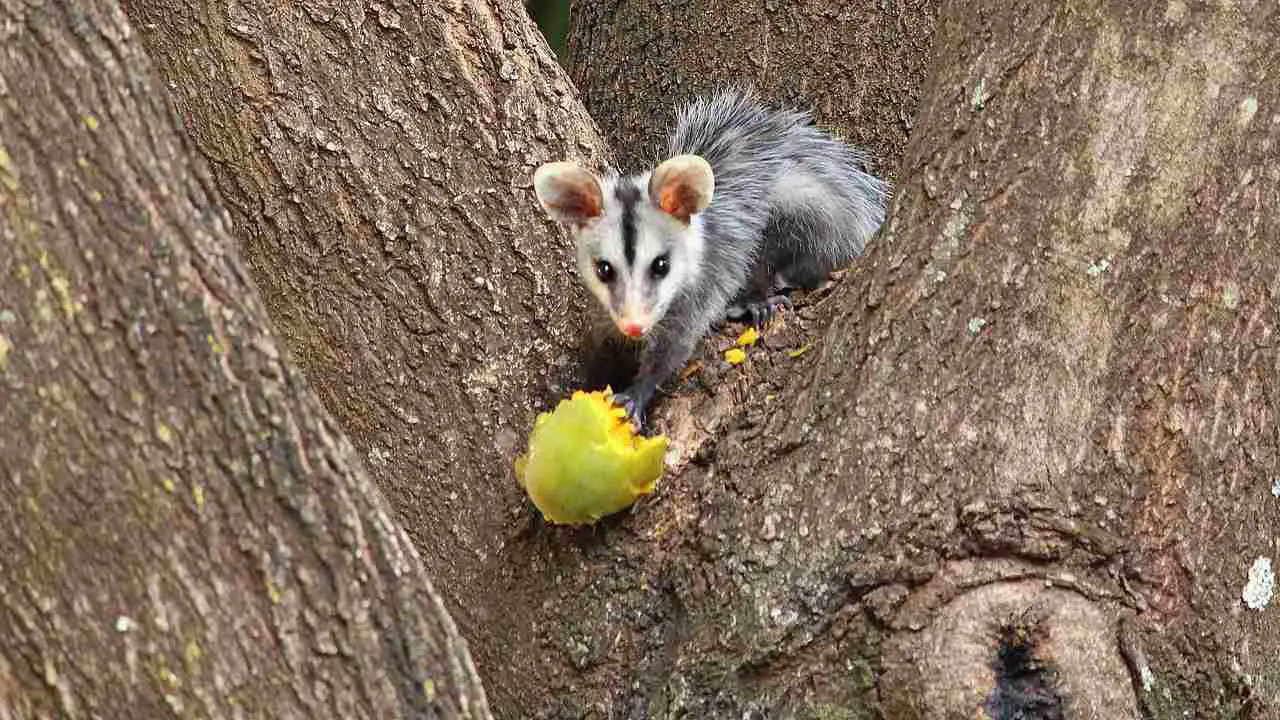
Raccoon:
Excellent night vision.
Keen sense of touch in their paws for exploring objects.
Possum:
Good night vision.
Well-developed sense of smell and hearing.
Comparison:
Raccoons rely more on touch, especially in their front paws.
Possums excel in smelling and hearing.
Ecological Implications:
Varied senses contribute to their adaptation to different environmental niches and hunting strategies.
11. Overall Physical Capacity:
Raccoon:
Versatile physical abilities for climbing, swimming, and exploring.
Dextrous front paws for manipulating objects.
Possum:
Well-adapted for climbing, aided by a prehensile tail.
Proficient in scavenging and foraging.
Comparison:
Raccoons showcase a broader range of physical capacities, including better manipulation skills.
Possums are adept climbers and scavengers.
Ecological Implications:
Physical versatility allows these species to exploit a variety of habitats and food sources, impacting their ecological roles.
12. Habitat Preference(s):
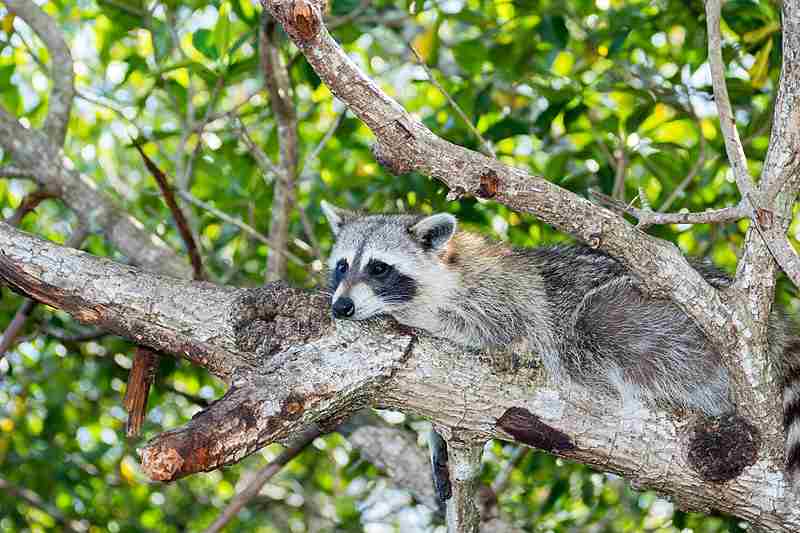
Raccoon:
Adaptable to a wide range of environments, including forests, urban areas, and wetlands.
Prefer habitats near water sources.
Possum:
Found in diverse habitats such as forests, grasslands, and urban areas.
Arboreal species prefer wooded areas.
Comparison:
Both species display adaptability to various habitats, with raccoons having a preference for water-rich environments.
Ecological Implications:
Habitat preferences influence their impact on local ecosystems and interactions with other species.
13. Tracks:
Raccoon:
Distinct tracks with five toes and visible claw marks.
Front paw tracks resemble miniature human hands.
Possum:
Five-toed tracks with distinct heel pad and claw marks.
Hind paw tracks may show a longer tail drag.
Comparison:
Raccoon tracks often exhibit more defined claw marks.
Possum tracks may show characteristic tail drags.
Ecological Implications:
Tracking provides valuable ecological data for monitoring population density and movement patterns.
14. Lifespan:
Raccoon:
In the wild, typically 2 to 3 years.
Captive raccoons may live longer, up to 20 years.
Possum:
In the wild, 2 to 4 years.
Lifespan may vary among species.
Comparison:
Both species have relatively short lifespans in the wild.
Ecological Implications:
Short lifespans may contribute to faster population turnover, affecting ecological dynamics.
15. Mode of Feeding:
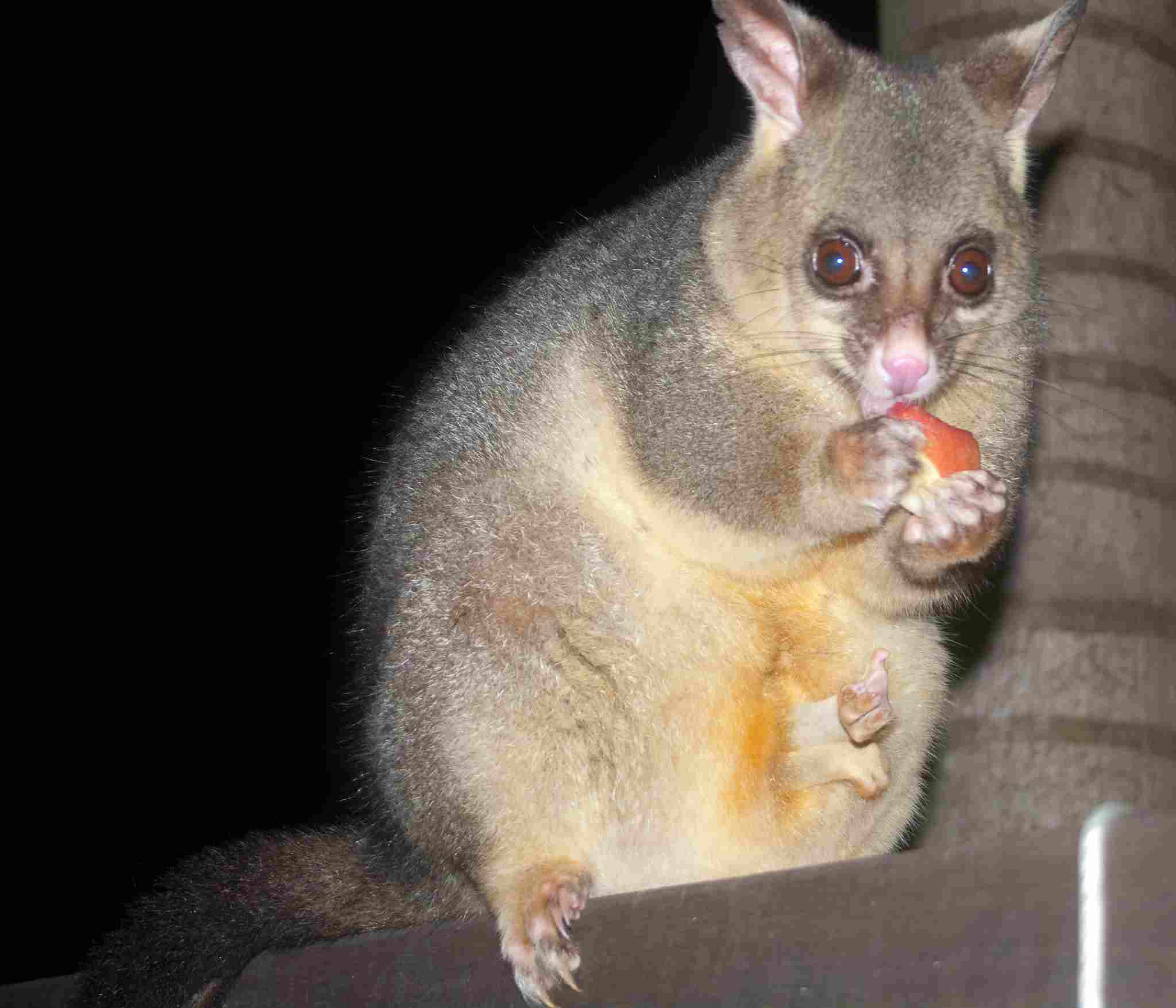 Possum Feeding (Credit: Rae Allen 2010 (CC BY 2.0)
Possum Feeding (Credit: Rae Allen 2010 (CC BY 2.0)
Raccoon:
Omnivorous diet, feeding on fruits, nuts, insects, small mammals, and scavenging.
Highly adaptable in selecting food sources.
Possum:
Omnivorous diet, feeding on fruits, insects, small vertebrates, and carrion.
Scavenging behavior is notable.
Comparison:
Both species share an omnivorous diet with some variation in food preferences.
Ecological Implications:
Omnivorous habits contribute to their adaptability and potential impacts on local ecosystems.
16. Intelligence:
Raccoon:
Considered highly intelligent with problem-solving skills.
Can manipulate objects and remember solutions.
Possum:
Moderate intelligence, displaying adaptability in scavenging and foraging.
Comparison:
Raccoons are often regarded as more intelligent, exhibiting problem-solving abilities.
Ecological Implications:
Intelligence influences foraging strategies, potentially impacting interactions with other species.
17. Social Behavior:
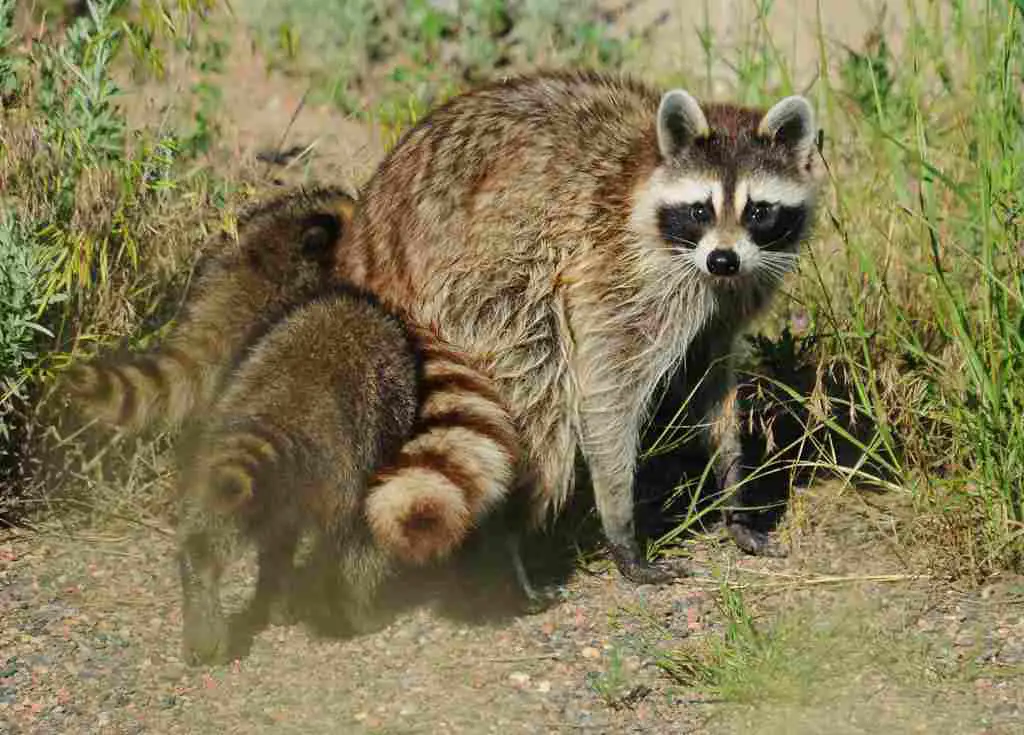
Raccoon:
Generally solitary, but may form loose groups, especially during mating season.
Males may exhibit territorial behavior.
Possum:
Solitary in nature, except during mating season.
Females may exhibit some degree of maternal care.
Comparison:
Both species are primarily solitary, with some social interactions during mating.
Ecological Implications:
Social behaviors influence mating dynamics and may impact population structures in their respective habitats.
18. Mode of Reproduction:
Raccoon:
Polygamous mating system.
Mating season typically in late winter to early spring.
Gestation period around 63 days.
Possum:
Polygamous mating system.
Mating season varies among species.
Short gestation period of about 12 to 13 days.
Comparison:
Both species follow a polygamous mating system, but the timing and gestation periods differ significantly.
Ecological Implications:
Reproductive strategies impact population dynamics, potentially influencing species interactions in their ecosystems.
19. Parental Behavior:

Raccoon:
Females provide maternal care to offspring.
Young raccoons stay with the mother for several months, learning essential skills.
Possum:
Female provides limited maternal care.
Young possums become independent relatively early.
Comparison:
Raccoons exhibit more extended maternal care, imparting essential survival skills to their offspring.
Ecological Implications:
Parental care affects the survival rate and adaptive capabilities of the offspring, influencing population dynamics.
20. Proximity to Human-Inhabited Areas:
Raccoon:
Highly adaptable to urban environments, often found near human settlements.
May raid garbage bins and seek food in human-inhabited areas.
Possum:
Also adaptable to urban areas but generally less visible than raccoons.
May feed on fruits and insects in gardens.
Comparison:
Both species can thrive in human-inhabited areas, with raccoons being more conspicuous.
Ecological Implications:
Proximity to human-inhabited areas may lead to conflicts and influence the behavior and diets of these species.
21. Behavior Toward Humans:
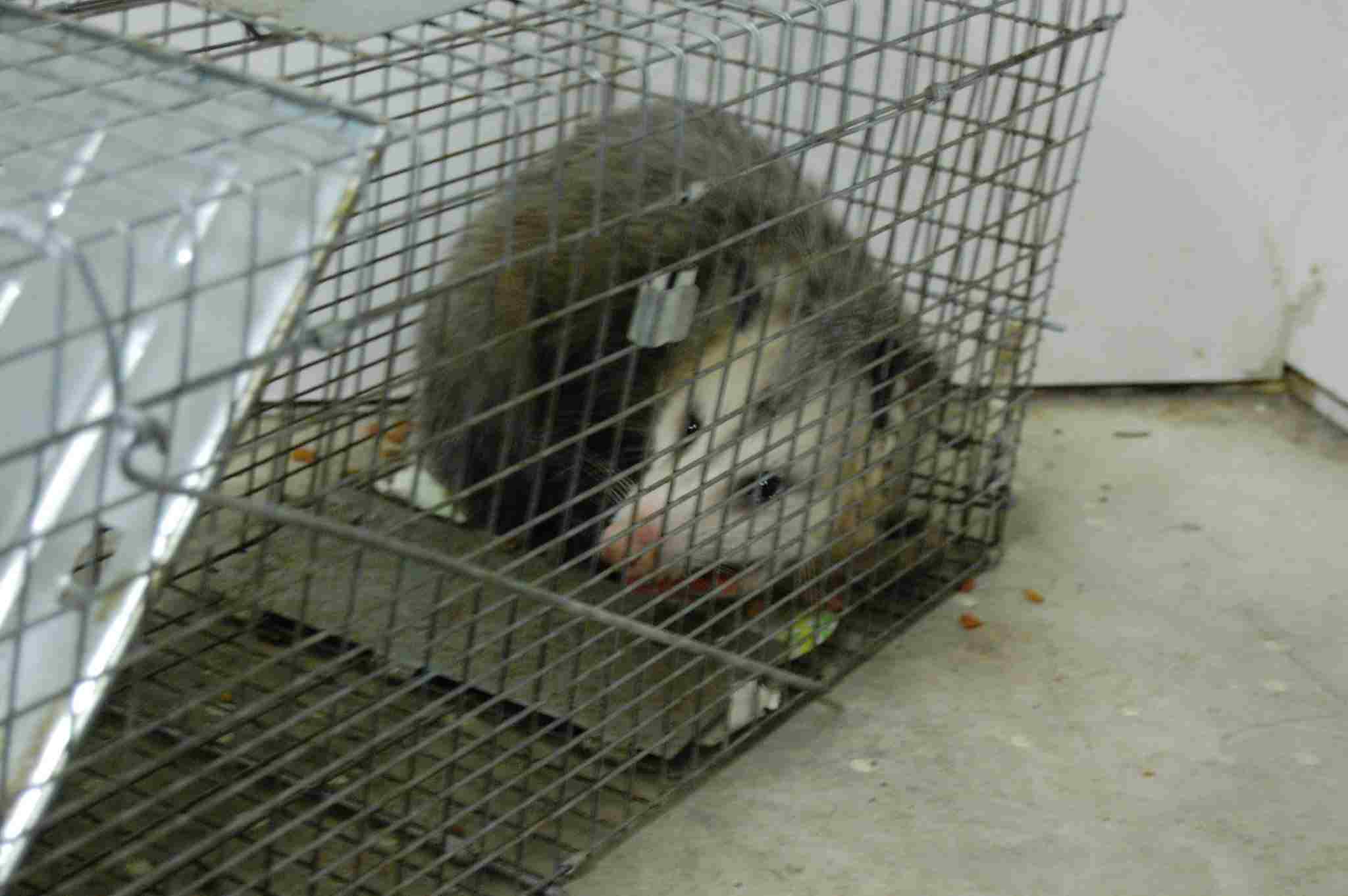
Raccoon:
May display bold behavior, especially in urban settings.
Can become accustomed to human presence and may approach for food.
Possum:
Generally shy and avoids human contact.
Less likely to approach humans compared to raccoons.
Comparison:
Raccoons are more likely to exhibit bold behavior towards humans than possums.
Ecological Implications:
Behavioral differences impact human-wildlife interactions and the potential for conflicts in shared environments.
22. Danger Posed to Humans:
Raccoon:
Generally not aggressive, but may bite if cornered or provoked.
Can carry diseases, such as rabies, which pose a risk to humans.
Possum:
Generally non-aggressive, with a tendency to hiss or growl when threatened.
Low risk of transmitting diseases to humans.
Comparison:
Both species are not inherently dangerous, but raccoons pose a slightly higher risk due to the potential transmission of diseases.
Ecological Implications:
Understanding the potential dangers informs wildlife management and public safety measures.
23. Associated Precautions:
Raccoon:
Avoid feeding raccoons to prevent habituation.
Secure garbage bins to minimize attracting raccoons to human areas.
Possum:
Minimize attractants such as open garbage containers.
Allow possums to move freely without confrontation.
Comparison:
Similar precautions focus on minimizing human-wildlife conflicts by controlling access to food sources.
Ecological Implications:
Human behavior and precautions influence the coexistence of these species in shared habitats.
24. Conservation Status:
Raccoon:
Not globally threatened; populations are stable.
Considered a species of least concern.
Possum:
Conservation status varies among species.
Some possum species may face threats, while others are more stable.
Comparison:
Raccoons generally have a more secure conservation status compared to some possum species.
Ecological Implications:
Conservation status reflects the overall health and resilience of these species in their respective habitats.
Summary of Comparison
Size:
Raccoons are generally larger than possums.
Weight:
Raccoons are heavier compared to possums.
Bite Force (PSI):
Raccoons have a stronger bite force than possums.
Physical Offensive Advantages:
Raccoons have versatile offensive tools with sharp claws and agile forelimbs.
Physical Defensive Advantages:
Raccoons rely on climbing and agility, while possums may play dead as a defense mechanism.
Speed:
Raccoons are faster runners compared to possums.
Agility:
Both are agile, but raccoons may have an edge in climbing.
Senses:
Raccoons rely more on touch, possums excel in smelling and hearing.
Overall Physical Capacity:
Raccoons showcase a broader range of physical capacities, including better manipulation skills.
Habitat Preference(s):
Both species are adaptable, with raccoons having a preference for water-rich environments.
Tracks:
Raccoon tracks often exhibit more defined claw marks, possum tracks may show tail drags.
Lifespan:
Both have relatively short lifespans in the wild.
Mode of Feeding:
Both share an omnivorous diet with some variation in food preferences.
Intelligence:
Raccoons are often regarded as more intelligent, exhibiting problem-solving abilities.
Social Behavior:
Both are primarily solitary, with some social interactions during mating.
Mode of Reproduction:
Both follow a polygamous mating system, but timing and gestation periods differ.
Parental Behavior:
Raccoons exhibit more extended maternal care compared to possums.
Proximity to Human-Inhabited Areas:
Both can thrive in human-inhabited areas, with raccoons being more conspicuous.
Behavior Toward Humans:
Raccoons are more likely to exhibit bold behavior towards humans than possums.
Danger Posed to Humans:
Raccoons pose a slightly higher risk due to potential disease transmission.
Associated Precautions:
Similar precautions focus on minimizing human-wildlife conflicts by controlling access to food sources.
Conservation Status:
Raccoons generally have a more secure conservation status compared to some possum species.
Conclusion:
-Similarities:
Both raccoons and possums are adaptable omnivores.
Share polygamous mating systems and short lifespans in the wild.
-Differences:
Raccoons are larger, have a more varied diet, and are more intelligent.
Possums exhibit a unique “playing dead” defense and have a shorter gestation period.
Ecological Implications:
Understanding these similarities and differences provides insights into the ecological roles and conservation needs of raccoons and possums in diverse environments.
